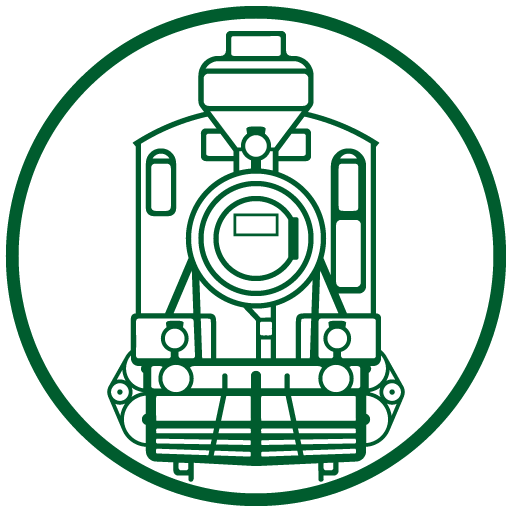In 1875 the construction board of the Turku–Tampere–Hämeenlinna railway ordered two well tank engines from Carels of Belgium for shunting duties. Why the board ordered locomotives from an almost unknown Belgian manufacturer, who had built locomotives practically only for the Belgian State Railways, is not known. It is also not known if this was a recalled order on the hands of Carels or an entirely new order from Finland.
These locomotives were numbered 77–78 upon their arrival in Finland; they became nos. 223–224 in 1879 and nos. 76–77 in 1887. The engines were classified E1 in 1885.
These simple expansion 0–4–0Ts were built with outside bar frames, being the only state railway class to have outside frames. Walschaerts valve gear and slide valves were used but assembled from weak components and the gear was in constant need of repair. This gave rise to the idea, which lingered until 1908, that this type of valve gear was unsuitable for Finnish conditions.
The saturated steam boiler had a copper firebox and brass tubes. The boiler fittings included a large steam dome, and a smaller one for sand. The sanding gear could only deliver sand to the rear wheels. The water tank was situated under the boiler adjacent to the front axle, the fuel bunker was in the cab. The only means of braking was a manual screw brake applied to the rear wheels. The head lights were paraffin lamps. These locomotives were constructed as wood burners but no. 76 was coal fired in 1890 and 1891 and both burned coal in 1909–11.
Initially, nos. 76 and 77 shunted the yards at Turku and Toijala with interim periods at Tampere before spending their remaining years at Toijala. They were withdrawn in 1913, partly because of their mechanical weakness.

